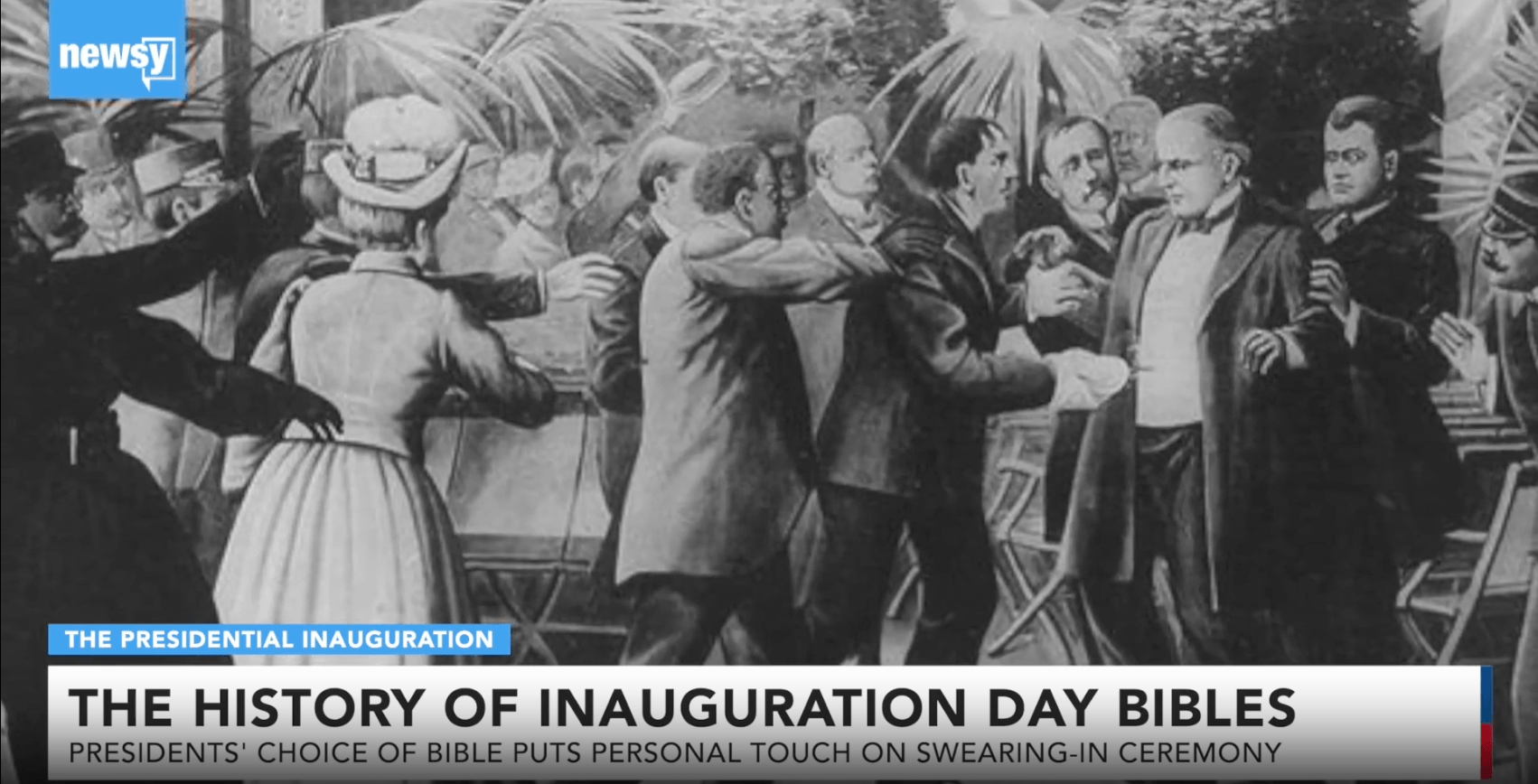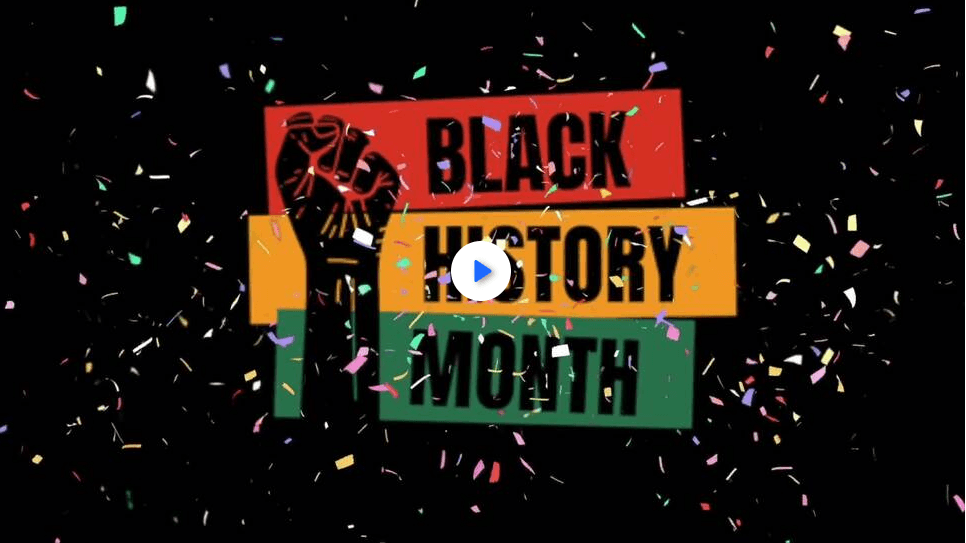Teachers have been integrating video into their classroom instruction since the first educational VCR tapes came to be available for popular in the 1980’s (Geist, 1985). Now, videos offer easier-to-use, on-demand access to educational films and documentaries to amplify learning and retention. Videos offer an immersive, flexible, engaging, and stimulating experience, with the ability to integrate information in ways that are fun, entertaining, and easy to understand. So, how well do videos work in the classroom, and how are teachers using them to drive learning? Just look at what the stats have to say.
What are the Video Trends for Students in America?
Students are watching more videos at home and at school every day. In fact, the number has doubled, according to a survey of 1,677 young Americans, ranging from 8-19 years of age. That breaks down to an increase from 24% to 56% for ages 8-12, and from 34% to 69% for those teens, ages 13-18 (Irvine, 2019). Those stats are part of an overarching trend toward increasing digitization of kids, with 43% of tweens (8 to 12) and a whopping 95% of teens are likely to have a cell phone by age 18 (Radesky, 2023).
Do Institutions & Organizations (School Districts) Approve Video Use in Classrooms?
Institutions and organizations across the US are seeing the value of multimedia and video in the classroom, which is leading to more widespread adoption of digital and multimedia resources. 81% of respondents use video platforms for synchronous instruction, up from 66% in 2019 (Kaltura, 2022). In 2022-2023, 21% of educators were planning to "significantly increase" their video use (Kaltura, 2022). With that level of wide-spread use and success in the classroom, 93% of institutions indicate that video-use increases student satisfaction levels in relation to their education and learning experience. It also increases achievements for students, according to 85% of institutions (Sandle, 2017).

Try Boclips Classroom for free and access 2.2M curated, Ed-Ready videos.
What are the Video Trends for Teachers in America?
Teachers have evolving roles both in and out of the classroom. Beyond their primary role, they can become a role model and mentor, a resource, a support, and an advocate for students. That role becomes more complicated and demanding with the addition of digital media and videos in the classroom. Some 97% of academic staff say that video is essential to the student experience, with 94% noting an increase in student satisfaction and 94% reporting an increase in performance (Kaltura, 2022). With those numbers, it's unsurprising that 86% of educators would like to see their institution use more video.

What are the Benefits of Videos in the Classroom?
The use of short videos can improve student engagement by 24.7% and impacted exam scores by 9% (Zhu, 2022). Students already spend around 6-9 hours immersed in digital media every day, so teachers are using that connection to reach students. (Robb, 2019). Some 97% of teachers recognize the benefits for students, but also acknowledge how their teaching experience is enhanced with video use (Kaltura, 2022).
- Videos offer standardized information, but it can also be viewed more than once. So, students can better retain the knowledge or check the veracity of the information they’ve learned.
- The repetition and visual aspects support various learning styles, without disrupting the flow of class instruction and discussion.
- Cross-platform access and distribution allows a teacher to support independent study and group learning simultaneously.
- Videos also offer the information as a quick snapshot, so it takes less time and resources within the scope of classroom instruction.


What are the Biggest Challenges Teachers Face in Using Videos in the Classroom?
More than 60% of teachers feel frustrated by the time and restrictions involved in searching for educational videos for their students (Boclips, 2019). With that challenge in mind, nearly 80% of teachers believe that access to a dedicated website of educational videos and news clips archives would be beneficial, particularly if it were organized by curriculum and grade level. There is a challenge to find enough time to use videos, which is part of the reason why half of teachers use short (less than 5 minutes) clips (Boclips, 2019).
Conclusion:
Despite the many challenges that teachers face with integrating video into the classroom, it’s not a trend that is likely to slow down or go away any time soon. The benefits are just too overwhelmingly positive. But YouTube is not the right solution for schools.
A curated, world-class video alternative to YouTube for schools
Finding curriculum-aligned video content on YouTube is time-consuming for teachers. And vetting the accuracy, source, and provenance is nearly impossible. According to the World Economic Forum's Global Risks Report 2024, disinformation is a leading global threat, and the proliferation of misinformation and disinformation on YouTube will only grow. In addition, YouTube is a distracting environment, where students are bombarded with suggested video content, advertisements, and public commentary.
With Boclips Classroom, teachers can:
- Access more than 2.2M curated, curriculum-aligned videos from over 550 top educational creators like PBS, SciShow, Bloomberg Fuse School, Learnzillion, The School of Life, Ted, and more.
- Quickly and easily find the right video by searching and filtering based subject, level, pedagogical use case, and more.
- Align to more than 70 common curriculums, like Common Core, NGSS, CBSE, and state standards like California, Texas, New York, and Florida.
- Share video directly to students, in Google Classroom, or via LMS in a distraction-free environment that only displays the video content selected by the teacher
- Use engagement metrics to understand student behavior and learn which topics drove engagement and interest
Try Boclips Classroom for free.
References
Boclips (2019). Access Denied: Teachers Struggle to Access Safe Video Content. Retrieved on February 6, 2020 from https://www.boclips.com/lp-access-denied-one-pager
Zhu J, Yuan H, Zhang Q, Huang PH, Wang Y, Duan S, Lei M, Lim EG, Song P. The impact of short videos on student performance in an online-flipped college engineering course. Humanit Soc Sci Commun. 2022;9(1):327. doi: 10.1057/s41599-022-01355-6. Epub 2022 Sep 22. PMID: 36187843; PMCID: PMC9510322.
Geist, Allison. (1985). About New York; The Invasion of the VCR Owner. The New York Times. Retrieved February 6, 2020 from https://www.nytimes.com/1985/01/09/nyregion/about-new-york-the-invasion-of-the-vcr-owner.html.
Gorman, N. (2017) Survey Finds Teachers Spend 7 Hours Per Week Searching for Instructional Materials. Education World. Retrieved on February 6, 2020 from https://www.educationworld.com/a_news/survey-finds-teachers-spend-7-hours-week-searching-instructional-materials-490526015
Irvine, Martha. (2019). Survey: Number of Kids Watching Online Videos Soars. AP News. Retrieved on February 6, 2020 from https://apnews.com/6d2694d32a7d44bf9619172d26c674da.
Kaltura. (2018). Fifth Annual State of Video in Education 2018. Retrieved on February 6, 2020 from https://corp.kaltura.com/wp-content/uploads/2018/07/The_State_of_Video_in_Education_2018.pdf
Kaltura. (2019). Sixth Annual State of Video in Education 2019. Retrieved on February 6, 2020 from https://corp.kaltura.com/wp-content/uploads/2019/07/The_State_of_Video_in_Education_2019-1.pdf.
Pearson. (2018). Beyond Millennials: The Next Generation of Learners. Retrieved on February 6, 2020 from https://www.pearson.com/content/dam/one-dot-com/one-dot-com/global/Files/news/news-annoucements/2018/The-Next-Generation-of-Learners_final.pdf.
Purcell, Kristen. (2013) Bringing Technology into the Classroom. Pew Research Center. Retrieved on February 6 from https://www.pewresearch.org/internet/2013/02/28/part-iii-bringing-technology-into-the-classroom/.
Radesky, J., Weeks, H.M., Schaller, A., Robb, M., Mann, S., and Lenhart, A. (2023). Constant Companion: A Week in the Life of a Young Person's Smartphone Use. San Francisco, CA: Common Sense. https://www.commonsensemedia.org/sites/default/files/research/report/2023-cs-smartphone-research-report_final-for-web.pdf
Sandle, Tim. (2017). Interview: The State of Video in Education. The Digital Education. Retrieved on February 6, 2020 from http://www.digitaljournal.com/tech-and-science/technology/interview-the-state-of-video-in-education/article/504610.
Vega, V., & Robb, M. B. (2019). The Common Sense Census: Inside the 21st-century classroom. San Francisco, CA: Common Sense Media. Retrieved on February 6, 2020 from https://www.commonsensemedia.org/sites/default/files/uploads/research/2019-educator-census-inside-the-21st-century-classroom_1.pdf.
Boclips
Boclips is on a mission to make learning more captivating with video with an easier, safer way to access videos from the world’s leading video producers.
- #Video in Digital Learning
- #Classroom
- #Educational Videos
- #Tips for Using Video
- #Video Content Partners
- #Boclips for Publishers
- #Issues in Education
- #News and Announcements
- #Educational Videos by Subject Area
- #Events & Holidays
- #Video and Teaching Tools
- #Teaching Methodologies
- #Education Videos
- #Video and Digital Literacy
- #Short Educational Videos
- #Instructional Design
- #Multimodal Learning
- #Video and Student Safety
- #Accessibility in Education
-3.png?width=390&height=223&name=Untitled%20design%20(2)-3.png)


.png?width=1152&height=660&name=Copy%20of%20Untitled%20Design%20(1).png)



